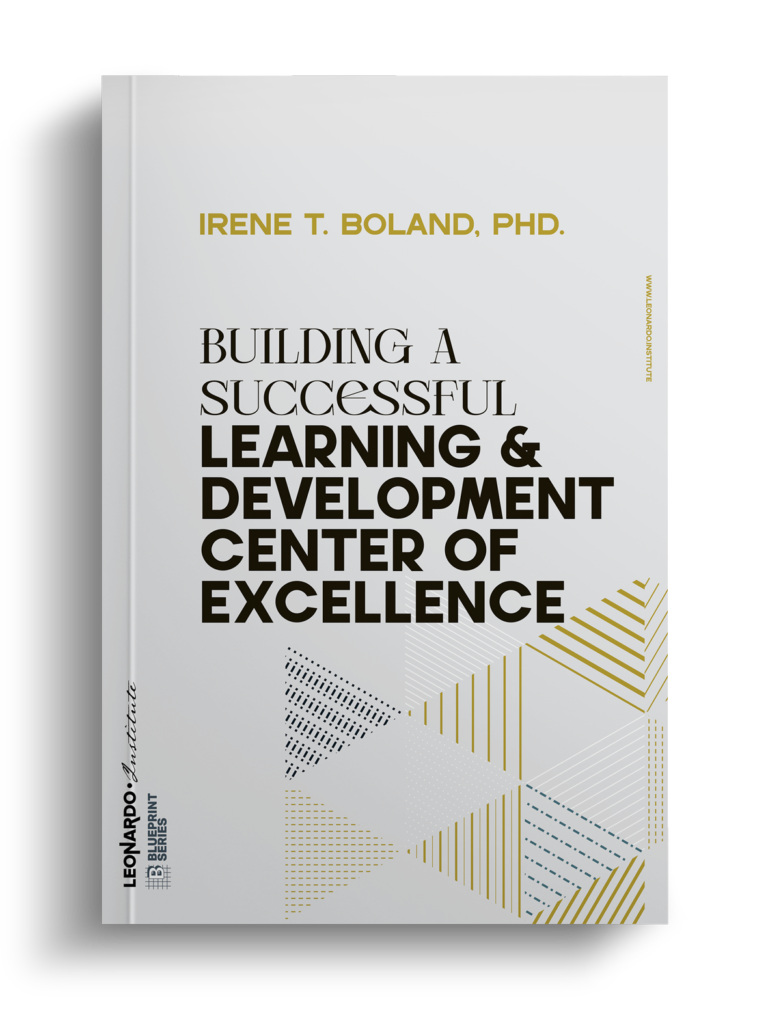Trust is the bedrock of any successful organization. But what exactly is trust, and why does it matter so much in the workplace? This article unpacks the meaning of trust and its far-reaching impact when established within a company culture.
Definition of Trust
At its core, trust is a belief in the reliability, truth, ability, or strength of someone or something. In a workplace context, trust refers specifically to the confidence employees have in their leaders and colleagues to be competent, ethical, transparent, and caring. Trust develops through consistent behaviors that demonstrate integrity and concern for others.
Trust is key to all workplace relationships. With trust, employees feel comfortable being vulnerable and engaging sincerely with each other. They have faith that others will follow through and reciprocate care for the collective good. But without trust, suspicion seeds itself and teamwork suffers.
Importance of Trust in the Workplace
Research overwhelmingly confirms that high-trust workplaces outperform low-trust environments on nearly every metric. Trust fosters collaboration, enhances communication, boosts engagement, and drives loyalty. The benefits include:
- Increased innovation, productivity, and knowledge sharing amongst colleagues.
- More effective feedback and reduced conflict between employees.
- Higher employee satisfaction, commitment, and retention.
- Stronger customer relationships and brand advocacy.
In contrast, low trust leads to disengagement, turnover, poor decision making, and even unethical behaviors. Employees in low-trust companies waste time and energy guarding themselves instead of creating value. Simply put, cultivating trust is foundational to developing a healthy, thriving workplace culture.
Put It to Work
As a workplace learning professional, you have opportunities to develop trust on multiple fronts. Provide managers training on building trust through transparency, clear expectations, and empowering leadership. Design team exercises that require vulnerability and communication. Use coaching and mediation to resolve conflicts. And ensure your programs themselves reflect and reinforce your company’s values. When you integrate trust-building into the fabric of learning culture, it ripples outward to uplift the entire organization.
The Takeaway
Trust is the belief that leaders and team members will act with integrity, goodwill, and competence. High-trust workplaces reap immense benefits in innovation, engagement, and performance. By focusing efforts as a learning professional on cultivating trust at all levels, you help create an environment where employees feel safe to collaborate, take risks, and do their best work.


